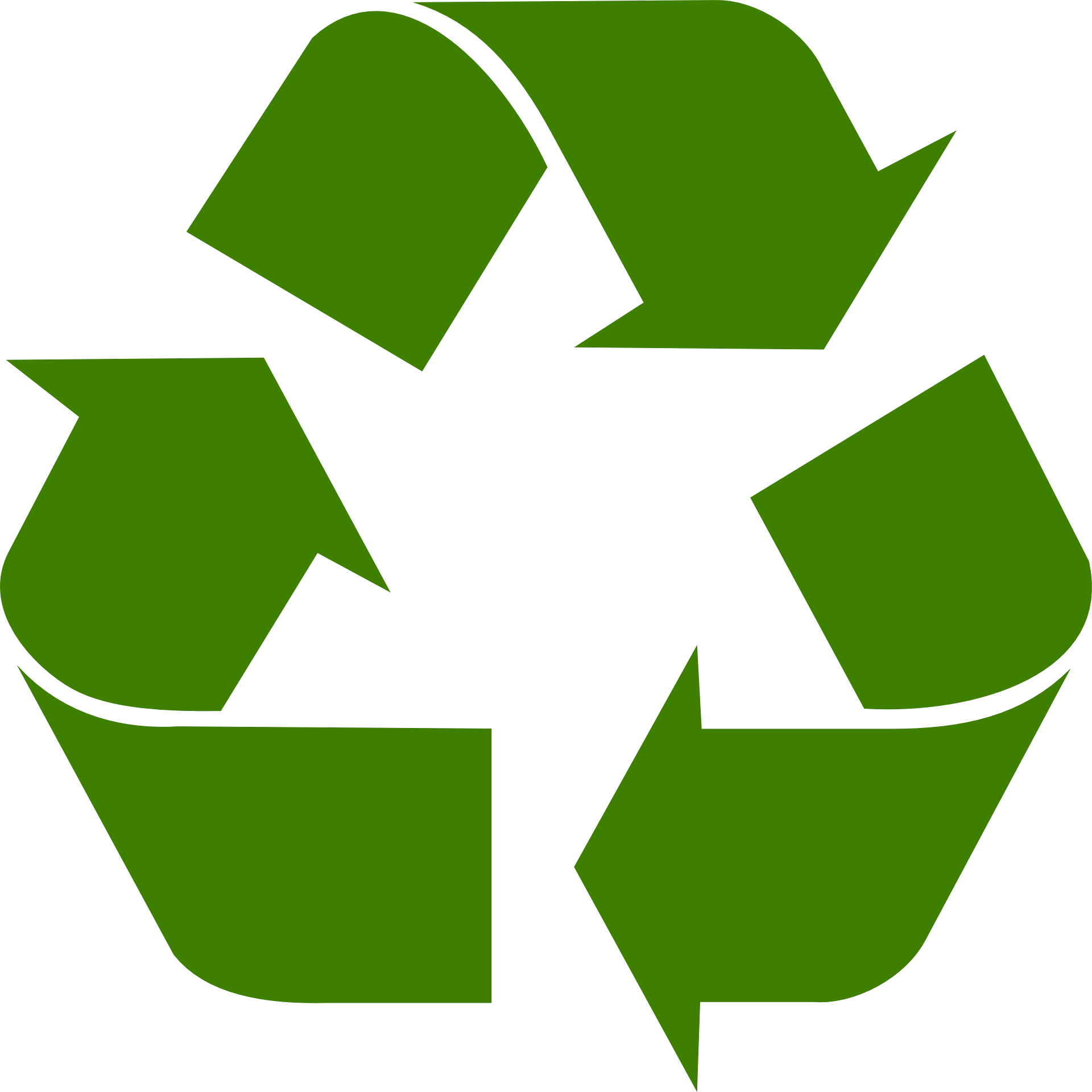Managing Waste Safely
Posted on 21st June 2022 at 11:13
The HSE website states that “There is other legislation governing the proper disposal of waste, ranging from low-risk waste through to hazardous waste. These laws are enforced by the Environment Agency and Local Authorities.
However, all waste produced can also present a real safety hazard to workers if it is not properly managed throughout the project.”
Managers/supervisors therefore need to decide:
How waste produced during building work will be managed; and
Who is responsible for collecting and disposal of waste? Problems arise when company and individual duties are not made clear before work starts.
Top tips for waste management on smaller projects:
Flammable materials - make sure that all flammable waste (such as boxes, packaging and timber offcuts) are cleared away regularly to reduce fire risks;
Work areas - make clearing waste a priority. Check that everyone is aware of what is required and that it is completed;







